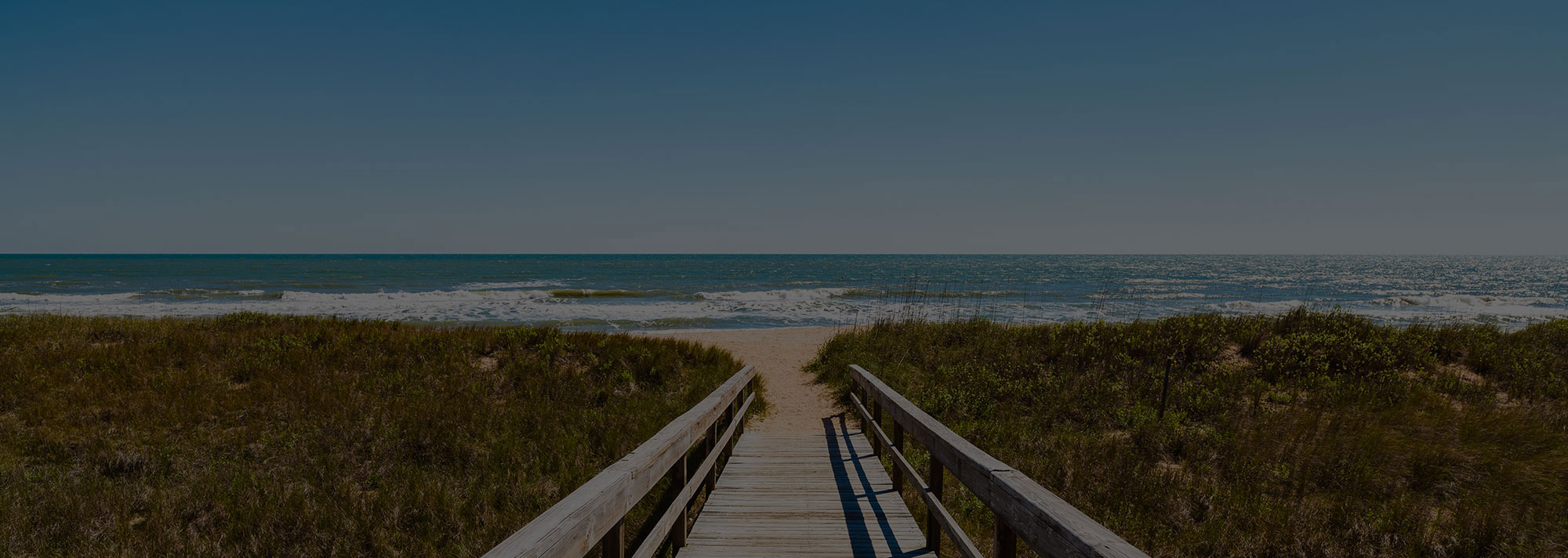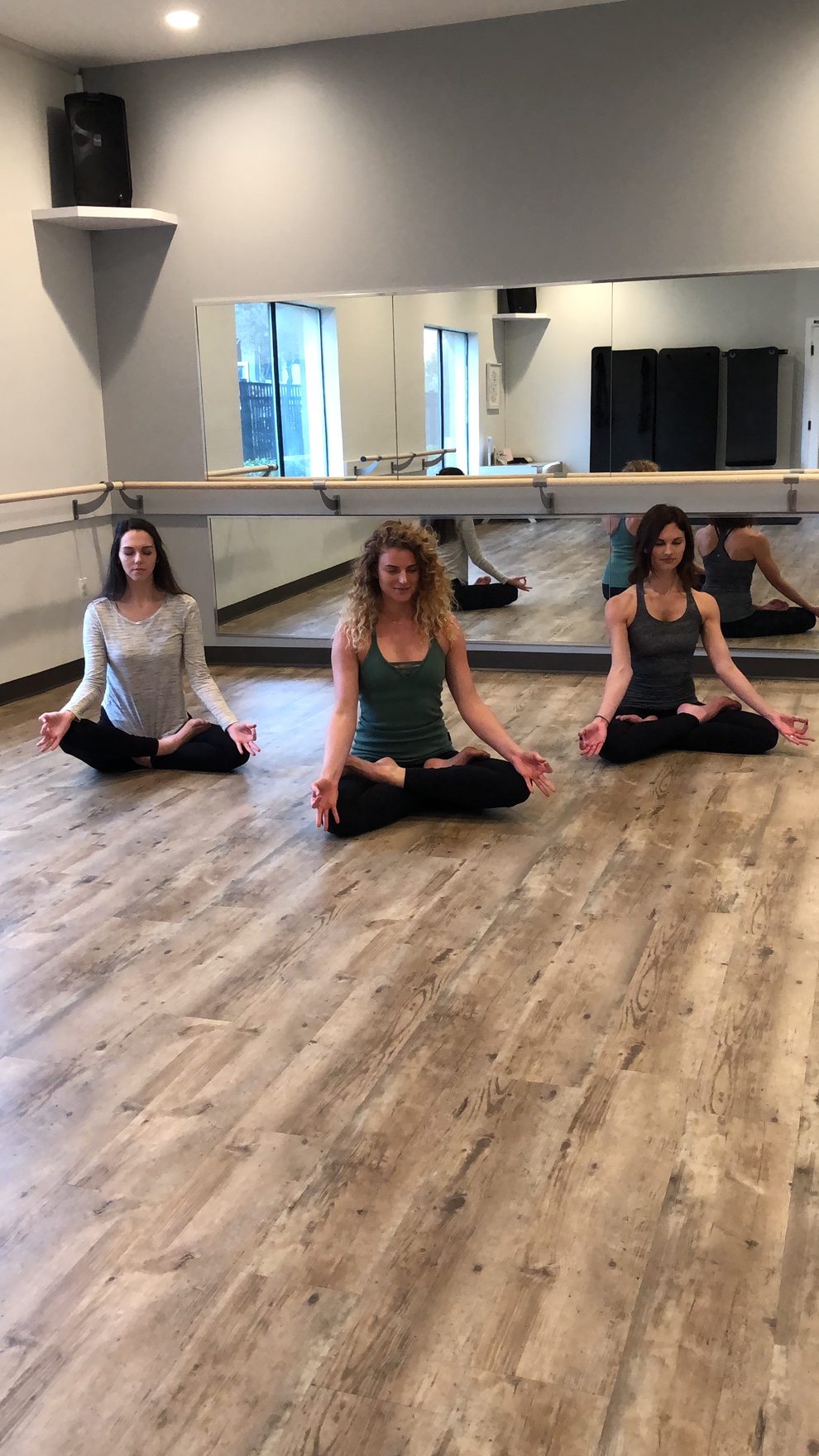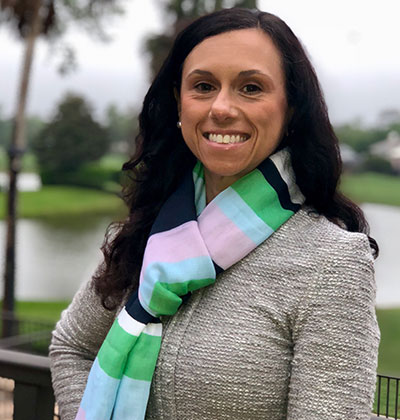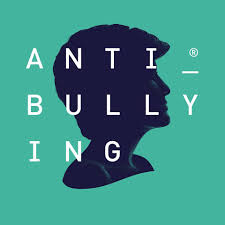Common Messages to Help us Navigate the Crisis at the Border
The ideals around which we have founded this nation and raised our families are dear to all of us. We are fortunate to have been born in a nation where we can raise our children in relatively safe and secure communities and change our situation, station, or life when we choose. When people around the world long for this freedom for their children they may make the choice to leave their land and journey to the United States of America. History has given us direction and psychiatry has given us understanding about how we can form and maintain a rich and diverse melting-pot as a nation.

“…Give me your tired, your poor,
Your huddled masses yearning to breathe free,
The wretched refuse of your teeming shore.
Send these, the homeless, tempest-tossed to me.
I lift my lamp beside the golden door.”
–Emma Lazarus 1883
American Heritage
In the 1860s, French anti-slavery activist Edouard de Laboulaye suggested that France gift of the
statue, “Liberty Enlightening the World” to commemorate the alliance between the U.S. and France during the American Revolution and the end of slavery in the U.S. after the Civil War. In order to raise money to construct the monument’s base, the poet, Emma Lazarus wrote the famous sonnet “The New Colossus” for a Statue of Liberty fundraiser in 1883. Concurrently, the “Great Wave of Immigration” had begun and between 1880 and 1920, 23.5 million persons immigrated to the U.S.. The poet was inspired by her experiences with Russian Jews detained by immigration officials on Ward Island and included a new facet of liberty in her interpretation of what the statue could mean. In the years since, though the statue would take on many additional layers of meaning, the link between it and immigration solidified.
America is a nation of immigrants, but we have struggled with our identity. My own family came to the United States in 1966 from a small town in Italy, looking for a better life, hoping to find the “American dream”. Many of you have stories of immigration, renewal, hope, and pride going back just a generation or so. We are the beneficiary of what freedom and opportunity has to offer. This is the America where we are raising children together with the values we want to uphold. It is hopeful to believe in our commitment to liberty, justice, and freedom for all. It can be difficult to conceptualize that this same invitation is not extended to everyone.
We have always returned to the vision that the U.S. shall be a place of refuge in the World. However, in May 2018, the U.S. began enforcing a “zero-tolerance policy” to prosecute anyone crossing the border, including those who may seek asylum. This policy determines that families apprehended at the border be separated, with parents being contained by the U.S. Department of Homeland Security (DHS) and children being sent to the U.S. Department of Health and Human Services’ Office of Refugee Resettlement. It is estimated that 658 children were separated from their parents in May.
We have misinterpreted fundamental concepts of helping others, building alliances, and protecting our future when we do harm to those least able to care for themselves. Children coming to the United States from Northern Latin America are traumatized, depleted and most vulnerable. They are fleeing a degree of danger and violence that is difficult for U.S citizens to understand, because despite our struggles, most of us can access safety and justice when we need it. It is important to understand the meaning and impact of the policy separating children from their parents.
The Consequences of Separating Children from Parents:
Disrupted Attachments
In psychiatry we use the term attachment to describe the secure structure of a relationship between a child and caregiver. It is the portal through which the child learns to experience him/her self, others, and the world around them. The quality of the attachment translates into how the child relates and reacts to everything in ways that both subtle and overt. When the attachment is disrupted, the ripples into the child’s development and future and significant.
A healthy attachment is described as a reciprocal, enduring, emotional connection between a child and his/her primary caregiver(s). This develops from care that is attuned and responsive to the child’s physical and emotional needs. A secure attachment is an essential building block of cognitive, social, emotional, and physical development. Characteristics such as empathy, capacity to love, and inhibition of aggression are all related to a child’s sense of secure attachment in the world.
When this attachment is disrupted through a variety of circumstances such as the abrupt loss of or extended separation from a parent, child abuse or neglect, the child is at risk of attachment related problems.
Attachment Related Problems:
Problems with Interpersonal Relationships:
- lack of trust in caregivers or adults in positions of authority
- resistance to nurturance or guidance
- difficulty giving and receiving genuine affection or love
Problems with Emotional Functioning:
- minimal ability to recognize the emotions of others
- poor emotional regulation (moodiness, extreme fluctuations in emotions, “falling apart” when faced with stress)
- low self-esteem
Behavior Problems:
- demanding, clingy, and/or overt or covert over-controlling behavior
- temper tantrums and poor self-control
- regressed behavior, problems with speech, problems with eating
- chronic lying and Stealing
- property destruction and aggression
- impulsivity
Problems with Cognitive/Moral Development:
- lack of understanding of cause and effect
- decreased abstract thinking
- limited compassion, empathy, and remorse
- difficulty concentrating and attending to school related tasks
Currently, The U.S. has enacted a policy with potentially devastating consequences to children. The types of injuries that we are causing can be permanent, pervasive, and exceptionally difficult to treat. Repair of early life trauma, particularly the abrupt severing of contact between child and parent, without understanding, without predictability, and without promise of reunion causes irrevocable damage. The cost to these children and the future that unfolds along with them will be astronomical and beyond any justification for the current policy.
It is important to remember that these children may not demonstrate full signs and symptoms of their injuries at this time. It is not until they reach a place where safety is more certain that that they begin to demonstrate the full impact of the trauma. As a nation, we have an opportunity to either begin to heal or to further deepen the psychological wounds this children bring with them across our border. The United States has the capacity to offer a restorative and corrective experience to our neighbors, community, and within this nation. We can rebuild the trust of these children. We can offer security. We have the opportunity to demonstrate that the world can be more good than bad.
As we look for solutions for families at our border it becomes increasingly important that we remember the lessons from the past. In medicine and psychiatry, not all things are certain; however, there are concepts that are universally accepted and foundational to healthy development. Supporting attachments between parents and children honors who we are as a people and builds upon the original principals of our nation.
Theresa Randazzo-Burton, MD
Child, Adolescent, and Adult Psychiatrist
Resources:
American Academy of Child and Adolescent Psychiatry https://www.aacap.org/AACAP/Policy_Statements/2018/Separating_Immigrant_Children_From_Their_Families
Quick Facts:Disrupted Attachment. An Information Booklet For Parents/Guardians and Child Serving Professionals in Chittenden County, Vermont http://studentsfirstproject.org/wp-content/uploads/attachment-booklet-for-parents-guardians-and-child-serving-professionals.pdf
Posted. June 1, 2018. They Are (Still) Refugees: People Continue to Flee Violence in Latin American Countries.
PEW Research Center: http://www.pewresearch.org/fact-tank/2017/05/03/key-findings-about-u-s-immigrants/
August 2, 2017. TIME Magazine. Author: OLIVIA B. WAXMAN:The Poem on the Statue of Liberty Was ‘Added Later’ But There’s More to That Story















 -Dr. Burton
-Dr. Burton








